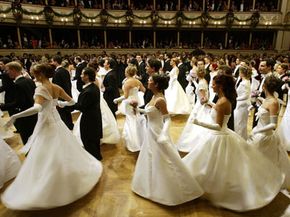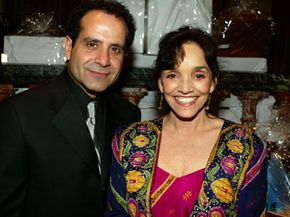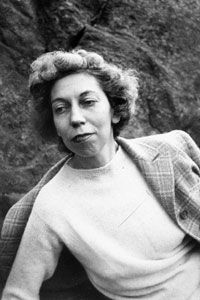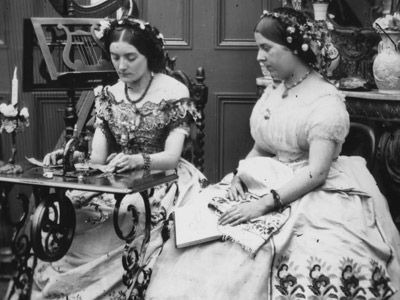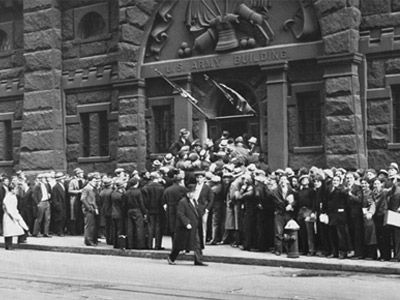It may seem like the stuff of legend, but high-society young women of marriageable age used to be presented at court so that the king and any interested parties could have a good look at them. The occasion was highly formal, and it was an opportunity for matchmaking and a chance for the young elite to show off a bit. Since everyone likes an excuse to dress up for a fancy evening, this tradition of debuting young women (hence the term "debutante") carried over to the United States, especially the aristocratic South. Up until the second half of the 20th century, any member of the upper class who hit 16 was guaranteed a fancy introduction to society in the form of a debutante ball or a cotillion. Salad plates were chilled, white gloves were donned and when people burped, they did it as quietly as possible.
Debutante balls are still fairly common in the United States today, but the tenor of the occasion has changed. Though they may conjure up images of tiaras and Scarlett O'Hara, the balls are now more likely to be charity events (and hardly anybody gets married off afterward).
Advertisement
What does this have to do with the Association of Junior Leagues International (AJLI)? Debutantes are the ones who founded it. A little more than 100 years ago, a group of young women from privileged backgrounds parlayed their status and education into public service. They called their organization the Junior League, in reference to the members' young ages. Their dedication to public service lives on in the form of the AJLI, a women's volunteer network that grew from a group of dedicated New England debutantes into an international volunteer organization with chapters in the United States, Canada, Mexico and Great Britain.
On the next page we'll take a look at what the Junior League is all about and what makes the organization unique.
Advertisement
